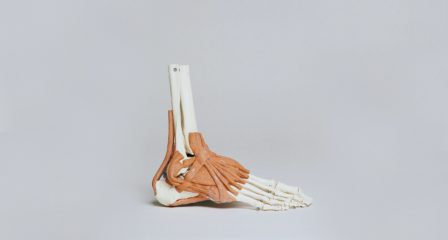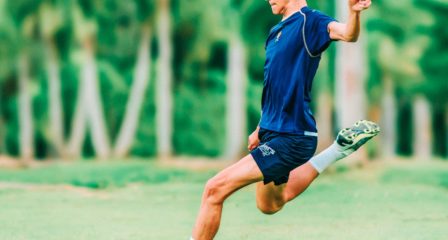We see a lot of running injuries at The Injury Clinic. As with any injury, there are many contributing factors to consider. Run technique is just one, but it can be an important one.
With up to 79% of runners reporting a musculoskeletal injury every year, and nearly 50% of them involving the knee joint, patellofemoral pain is an incredibly common presentation in runners.
A recent study has looked into patellofemoral joint stress across three different running technique cues. Whilst we won’t get into the complexities of article quality, applicability etc., it is important to remember that we need to interpret them carefully, and with appreciation of their limitations.
Dos Santos, AF., Nakagawa, TH., Serrao, FV., Ferber, R. Patellofemoral joint stress measured across three different running techniques. Gait & Posture (2019), 68, 37-43
This article looked at runners with a habitual rearfoot strike pattern and compared patellofemoral joint stress across 3 different run techniques: forefoot strike pattern; increased step rate (10%); forward trunk lean.
Key Findings
-
Patellofemoral pain reduced when running with a cue for both a forefoot strike pattern and a 10% increase in step rate
-
There were no significant differences in patellofemoral pain between habitual running technique and a cue for a forward trunk lean
-
A cue for a forefoot landing resulted in the greatest reductions in patellofemoral pain, followed by increases in step rate
Whilst changing foot strike pattern and increasing step rate may be effective in reducing patellofemoral joint stress, and therefore patellofemoral pain in runners, any run technique change must be implemented with knowledge of the risks.
When a runners technique is changed, so is their loading profile. A change such as rearfoot strike to forefoot strike may reduce knee loads, but it will increase foot and ankle loads.
This increases the risk of sustaining a “new injury” and having a negative impact on performance and efficiency (at least in the short term).
Running technique changes need to be implemented carefully, for the right reasons, with a knowledge of the risks.
If you’re experiencing a running-related injury and have considered changing your technique, we strongly encourage you to consult with one of our physiotherapists first. They will be able to film, analyse, provide advice, work with you to create a plan and implement changes safely.



